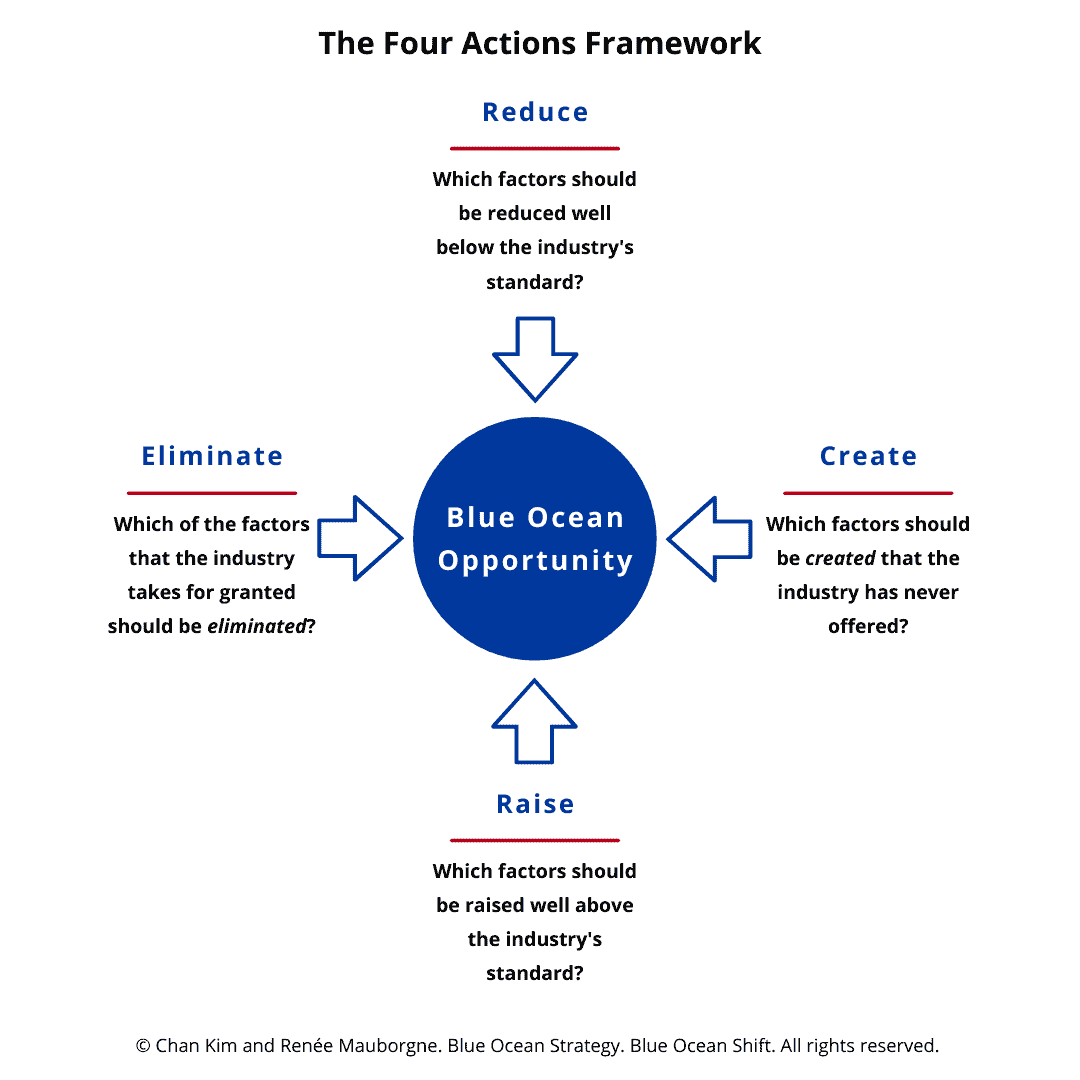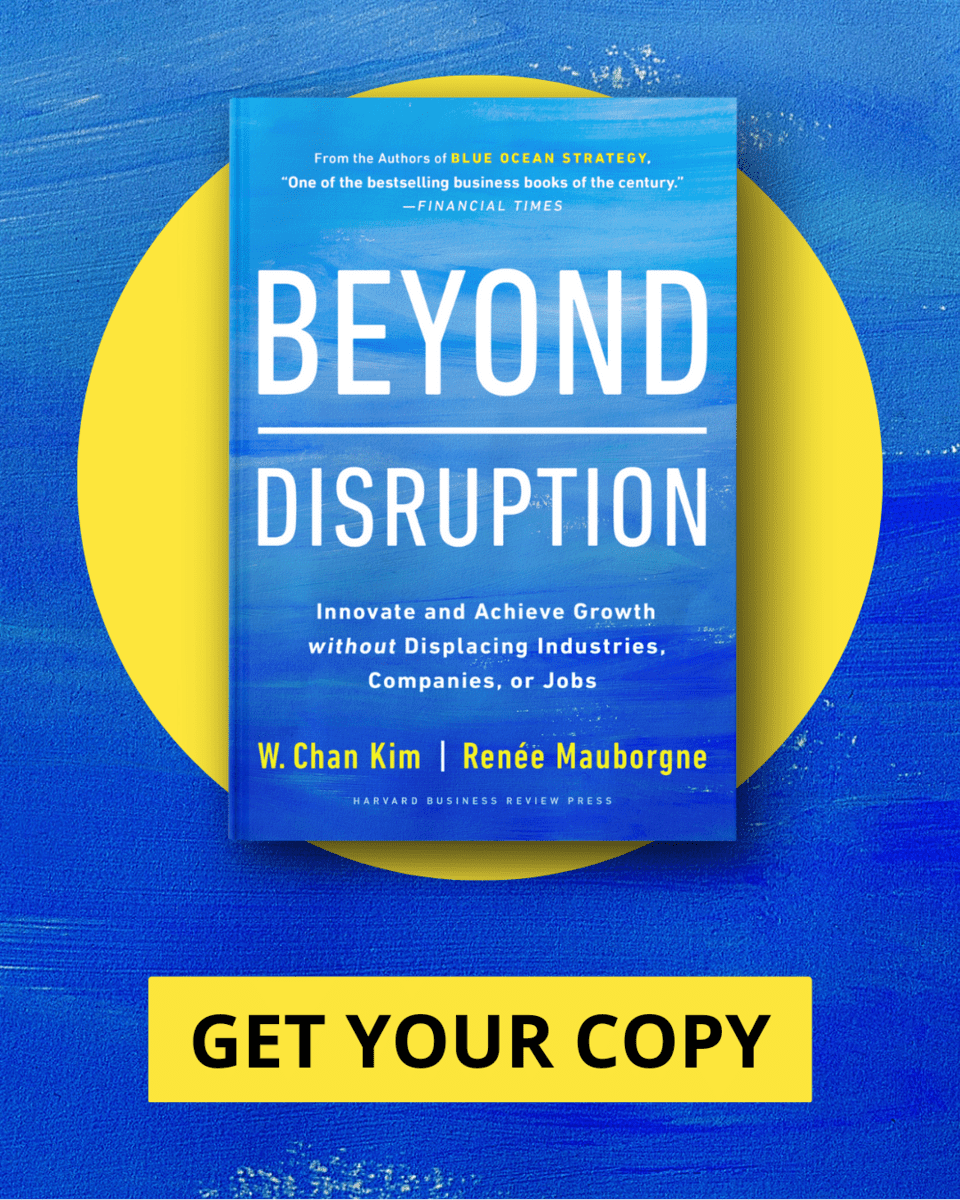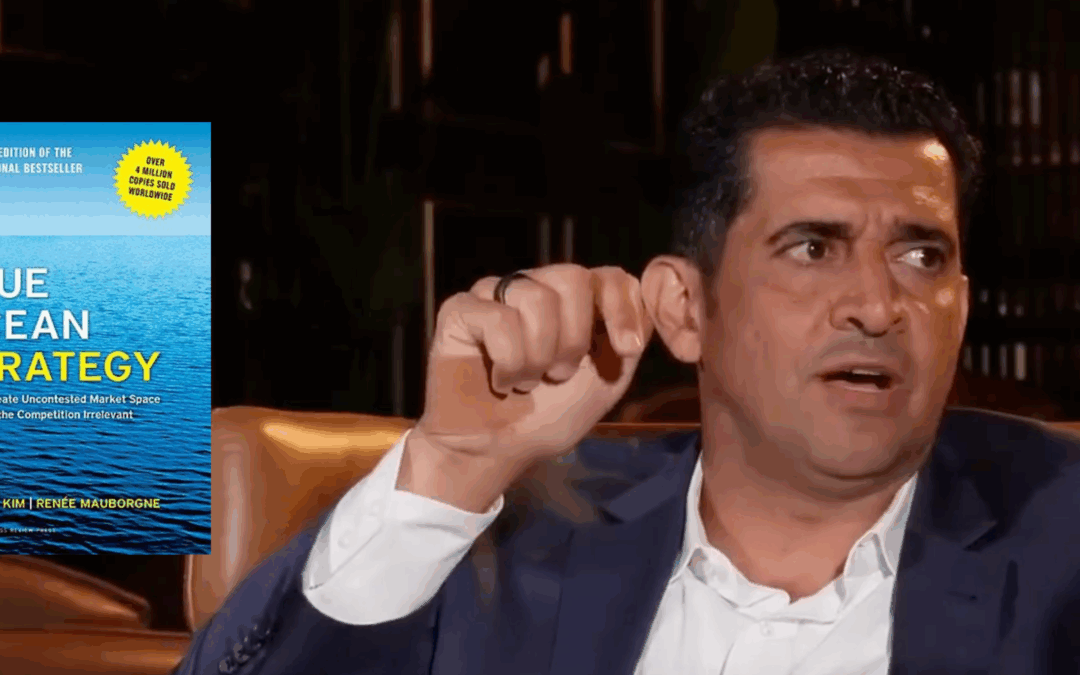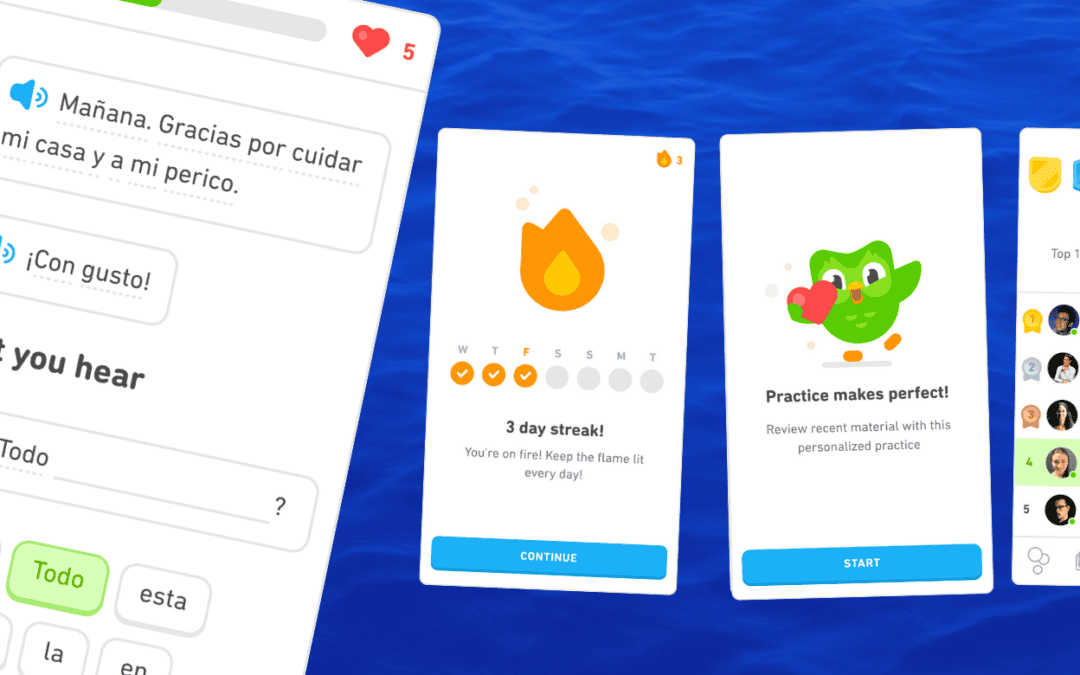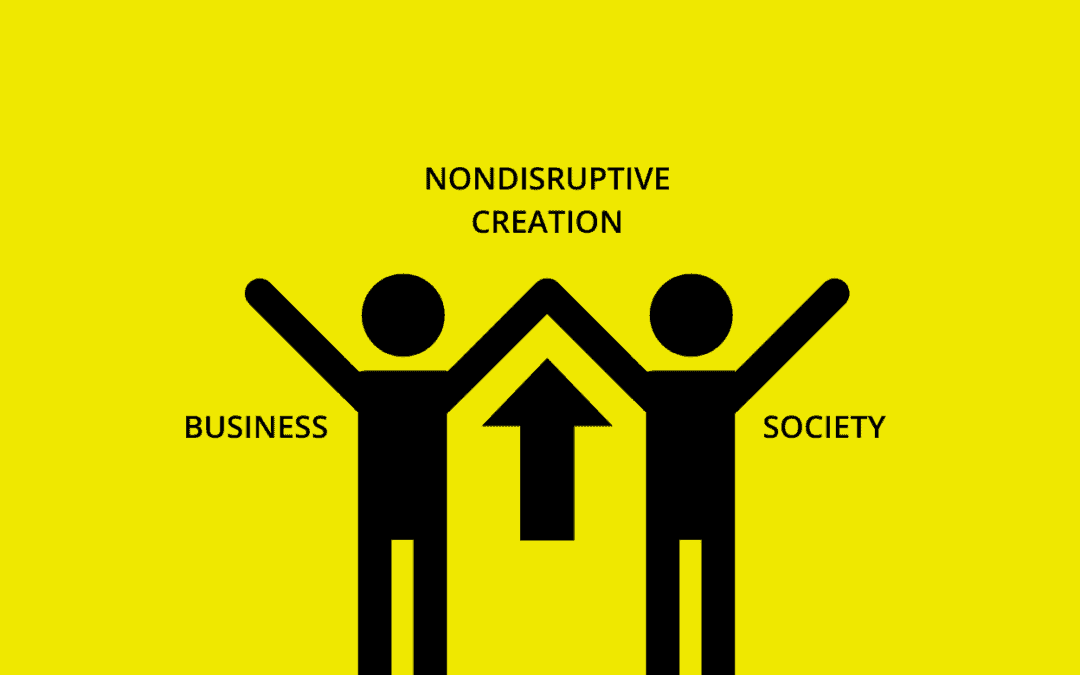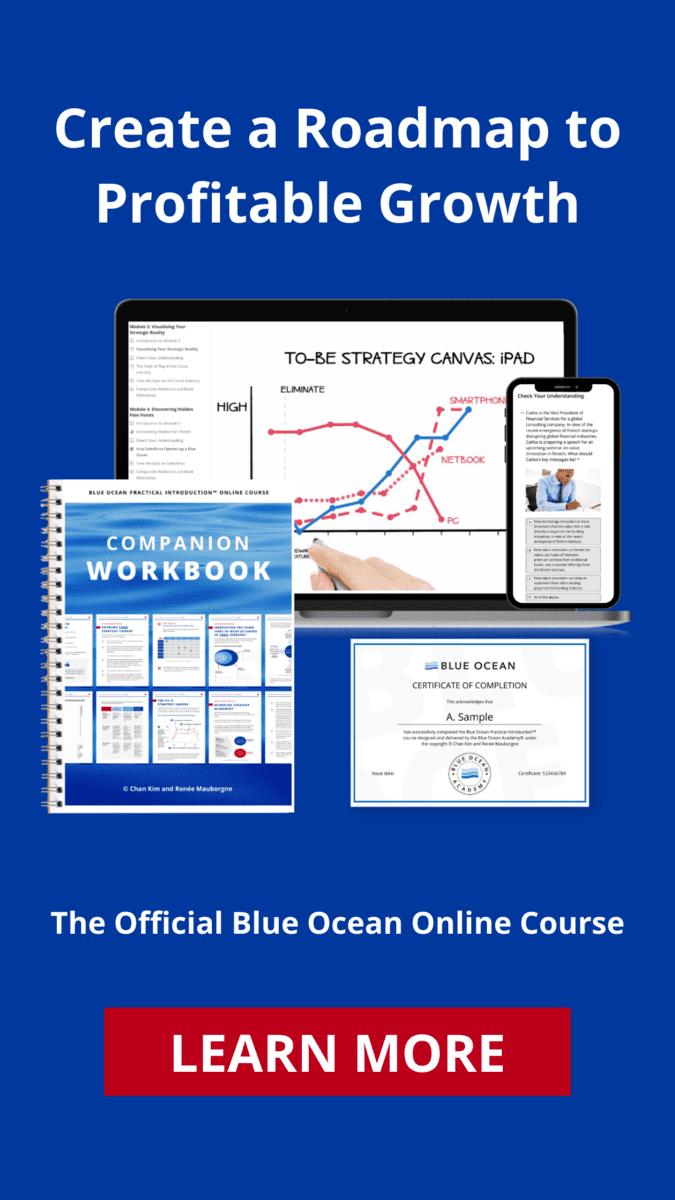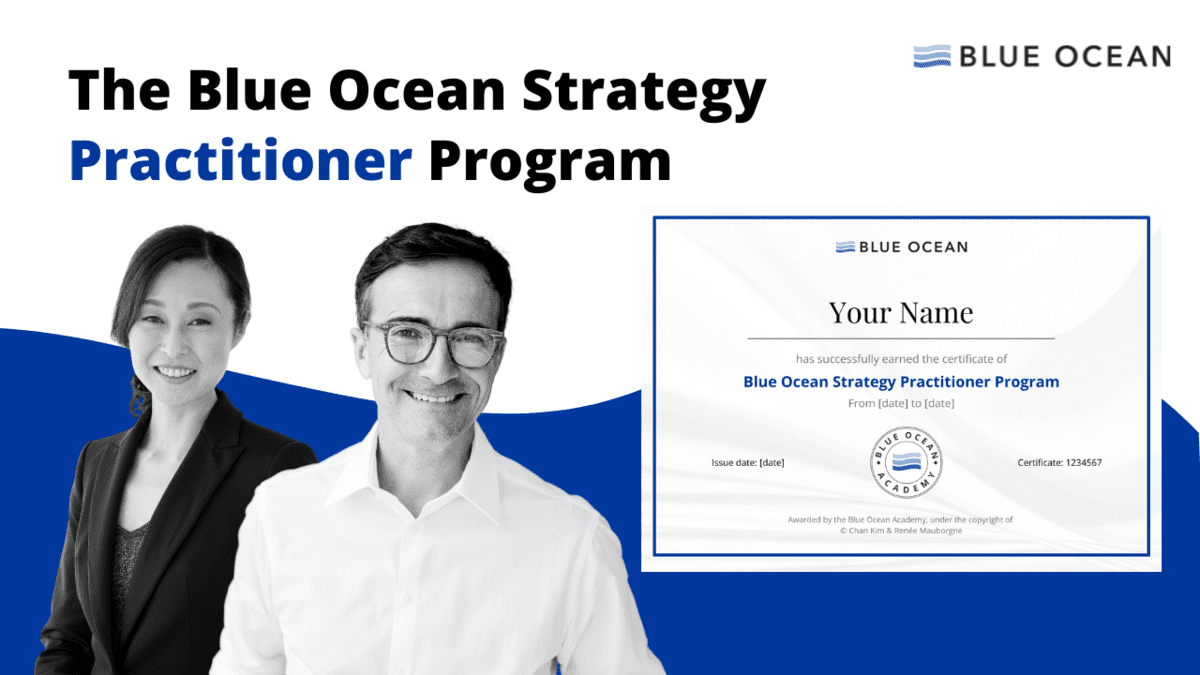Written by Chan Kim and Renée Mauborgne, with Mi Ji, Senior Executive Fellow at the INSEAD Blue Ocean Strategy Institute
The impact of the Covid-19 pandemic has been significant on business and the economy. The crisis has badly battered some companies and presented opportunities to others. In either case, managers across the globe have scrambled to adapt to a changed world.
In fact, the pandemic crisis, by forcing changes upon us, may be a blessing in disguise as it has pushed us out of the comfort zone and challenged many of our long-held assumptions. We once thought face-to-face meetings and interactions were imperative to closing serious business deals. But during the pandemic, even important international treaties were negotiated and concluded via video conference.
Art lovers used to think the best way to appreciate a piece of art like the Mona Lisa was to see it at the Louvre, even though many of them ended up only seeing the back of heads of the visitors in front of them. Now they find that with a virtual reality app on their smartphones they can enjoy the painting and examine its details from different angles in an unprecedentedly intimate way.
It is time for managers to systematically rethink industry logic and existing practices to prepare for a powerful comeback in the post-pandemic world.
But how do you determine whether your makeshift models or practices will outlast the pandemic and set the trend for the future, or whether they are just sub-optimal solutions that customers will discard once the crisis is over?
Which elements of your crisis-time business solutions can be retained and built into your future offerings?
Will the pleasant surprises you have created for your customers during the pandemic be economically viable in the long run?
During lockdown, for example, botanical gardens in some countries began to admit visitors based on time-slot reservations to control the flow of people and maintain social distancing. Many customers loved this new system, as it enabled them to not only avoid the line at the entrance, but also enjoy the gardens without a crowd around them.
Can this insight help managers at these attractions rethink their post-pandemic services? In the crisis-stricken hospitality industry, some hotels have offered their guestrooms for office use to local clients in need of quiet, comfortable and private workspace free of domestic distractions. Will this line of business continue to thrive in the post-pandemic era? What will be the cost impact and buyer value implications?
It is time for managers to systematically rethink industry logic and existing practices to prepare for a powerful comeback in the post-pandemic world. A key blue ocean tool that can help is the Four Actions Framework. Built on four key questions, the framework supports managers in challenging an industry’s strategic logic and business model to arrive at blue ocean moves that break the trade-off between value and cost.
The Four Actions Framework
Consider the questions:
1. Which factors that the industry takes for granted should be eliminated?
2. Which factors should be reduced well below the industry’s standard?
3. Which factors should be raised well above the industry’s standard?
4. Which factors that the industry has never offered should be created?
The first two questions prompt managers to find ways to drop their cost structure.
The “eliminate” question forces them to consider disregarding factors that the industry has long believed central to competition. Even though these factors no longer add value, or even decrease it, they are rarely questioned because of long-held industry practice.
Because these factors buttress an organization’s cost structure for little to no gain, substantial cost savings can be made by eliminating them.
The “reduce” question pushes managers to determine whether products or services have been overdesigned in the race to match and beat the competition. Here, organizations over-serve customers, increasing their cost structure for no gain. By reducing these factors, costs can be further decreased.
While many businesses have struggled during Covid, others have thrived and expanded.
The third and fourth questions drive managers to create a leap in buyer value. The “raise” question inspires them to eradicate the compromises customers are forced to make, which are usually caused by an industry’s failure to see that consumers want more of some elements than the standard offering provides.
Finally, the “create” question challenges managers to offer entirely new kinds of value for buyers and to create new demand by converting non-customers into customers. Asking these four questions may help companies get to the fundamentals of what they need most in the post-pandemic world – offerings that are both differentiated and low cost.
While many businesses have struggled during Covid, others have thrived and expanded. At first glance, it appears that some of them have been in the right place at the right time – either their industries face countercyclical demand growth, or they ride technology waves such as digitalization and virtualization with perfect timing. Using the Four Actions Framework to analyse their business moves, however, often reveals a much deeper insight.

Zwift – virtual biking for Covid and beyond
Take the example of Zwift, an online training app first launched in California in 2014 that allows fitness enthusiasts to ride their bicycles on specialized stationary trainers while navigating through virtual worlds. During the pandemic, cycling events around the world were cancelled and demand for virtual cycling service and equipment surged. As the market leader in virtual cycling and sports, Zwift enjoyed tremendous growth; the number of its users doubled within 12 months.
Zwift combines serious training and racing with the fun of video games
With a smart trainer that connects to a bike and measures power output, Zwift users can cycle right from their living rooms, which eliminates the need for traveling and gathering for group training and the constraints imposed by weather or road conditions.
Dedicated training time and equipment requirements are substantially reduced, lowering the cost and bar for participation.
Cycling at home is by no means boring and lonely, as Zwift has created a variety of life-like virtual worlds for riders to explore alongside thousands of other online players, which range from the imaginary Watopia to virtual versions of both the English and French countryside and the Tour de France course, all at a low monthly subscription fee.
Through the smart-bike trainer, each rider’s physical output is converted to a moving avatar on a computer screen, and cyclists experience resistance as they scale simulated mountains or feel the draft of other riders, just like in the real world. By getting people from around the world to come together for group rides, races, and events, Zwift raises the social connectivity of the sport.
While the pandemic catalyzed Zwift’s growth and expansion, the platform’s popularity suggests a more enduring appeal. It combines serious training and racing with the fun of video games and social media, allowing the mass population of amateur cyclists to access and experience the sport easily and at a low cost. Zwift’s charms may be independent of the pandemic effect. But the crisis has tested it under the most extreme conditions and, in a sense, advertised it to a broader user population.
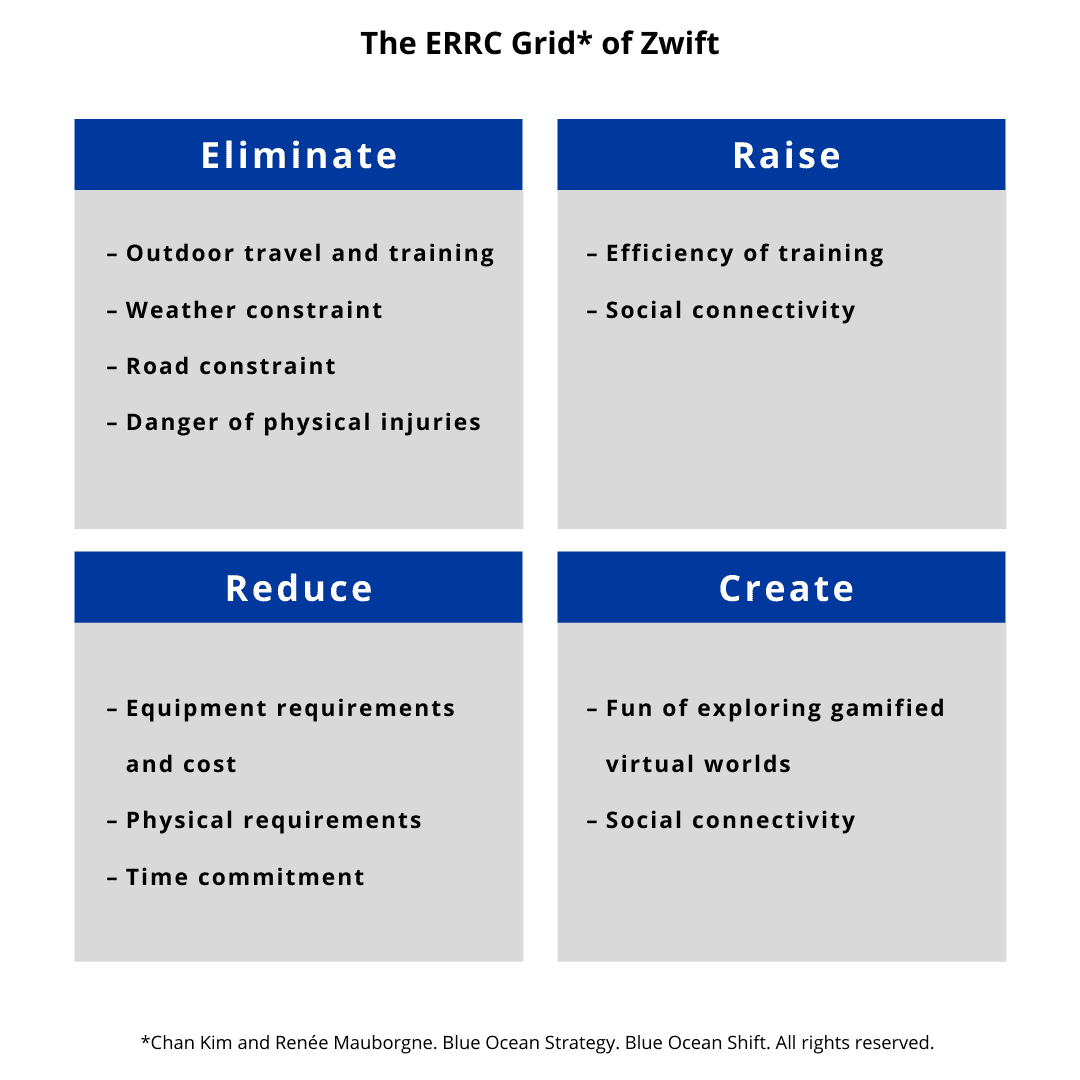
Zwift is not about online cycling per se. What sets it apart is a value proposition that creates an unprecedented experience at low cost for a broad base of users. Here the internet and virtual technologies are used as means to deliver this value proposition.
During the pandemic many companies have resorted to online solutions and heavily invested in digitalization. Now as the world begins to reopen, managers need to consider: Does your digital solution offer breakthroughs in value to your customers, like what Zwift does for its customers?
Or does it merely try to replicate what a traditional offline business has to offer?
In the latter case, do you stand a chance when facing intensified competition from both online and offline players in the post-crisis world?
What do you need to eliminate, reduce, raise and create to arrive at differentiated value and break away from the competition?
Capitalizing upon crisis
On the other hand, managers of businesses with heavy physical assets need to understand that increasing online presence and digital capabilities, while necessary and important, may not be sufficient ingredients for a winning post-pandemic strategy.
Faced with a transformed world and mounting competition from the digital side, their businesses will most likely stand apart, not by imitating what the internet pioneers did, but by going beyond what online solutions can ever offer.
Think about what your customers miss the most during the pandemic. Is it the smell or touch that can only be appreciated in person? Or is it the eye contact or tacit body communication that isn’t possible on Zoom?
How can you take the Four Actions to recombine the best of the digital and physical worlds to create differentiated value at a low cost for your customers?
Managers today have an advantage, as the pandemic has provided a unique opportunity to note the factors that customers won’t give up even during a very difficult time, those that companies can do without, and the elements that contribute unprecedented value.
Opportunities are reserved for those who are prepared. Use the Four Actions Framework now to create your blue ocean in the post-pandemic world!
More examples and detailed discussion of how this framework applies to real business situations can be found in Blue Ocean Shift.
Read next:
Why You Should Eliminate and Reduce to Find New Blue Oceans
Four Actions Framework and Eliminate-Reduce-Raise-Create Grid (Examples + Template)

